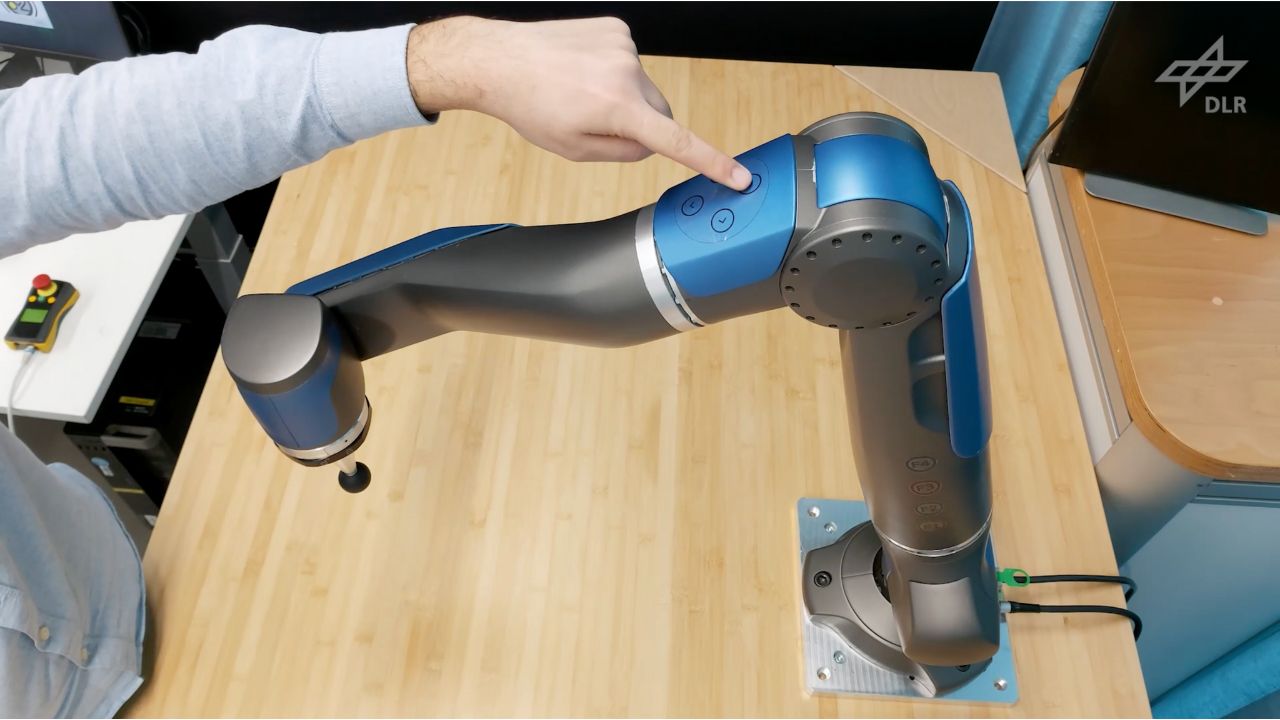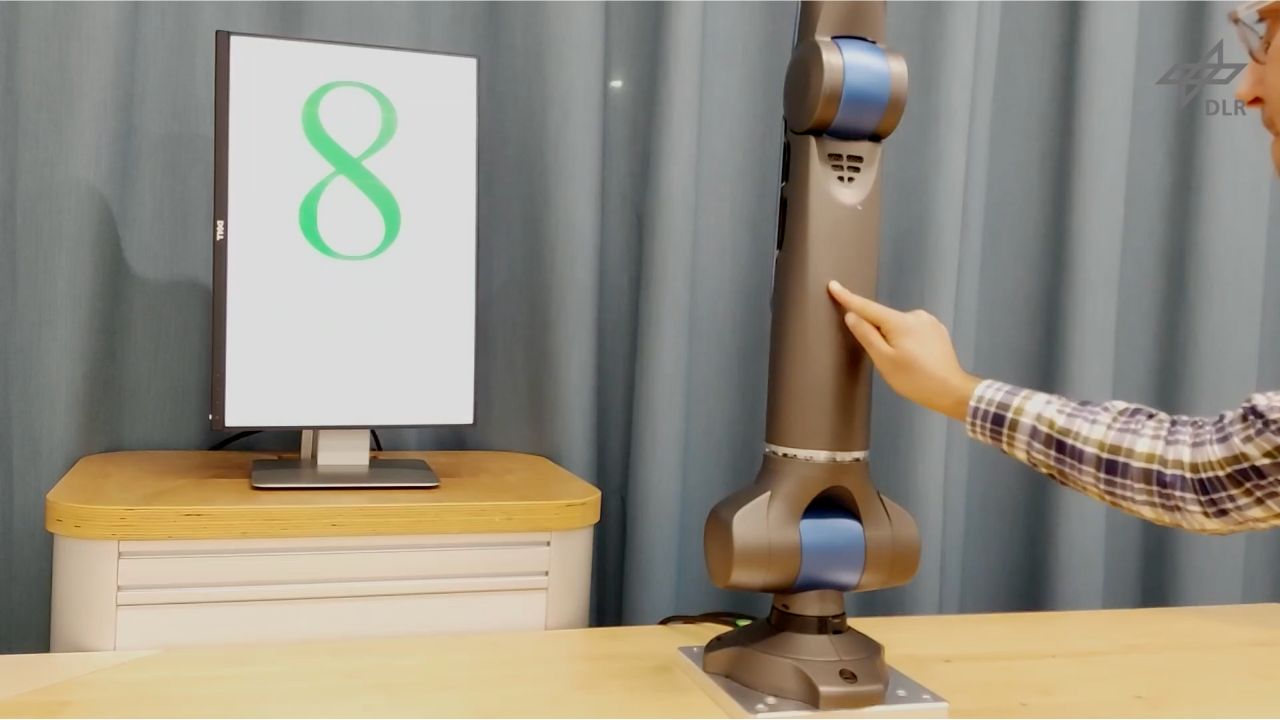In a groundbreaking development, scientists have found a way to give robots a sense of touch without relying on expensive artificial skin. This innovation, spearheaded by a team from the German Aerospace Centre, could revolutionize human-robot interactions and make robots more adaptable and intuitive to use.
GET SECURITY ALERTS, AND EXPERT TIPS – SIGN UP FOR KURT’S NEWSLETTER – THE CYBERGUY REPORT HERE
The power of AI and internal sensors
Instead of using costly biometric skins and sensors, the researchers harnessed the power of artificial intelligence to interpret signals from a robot’s existing internal sensors. This clever approach allows robots to accurately detect external force and pressure, mimicking the human sense of touch.

Credit: German Aerospace Centre
The team’s concept includes virtual buttons, switches, and slider bars that can be placed anywhere on the robot’s structure. This flexibility opens up new possibilities for human-robot interaction.

Credit: German Aerospace Centre
THE SIX-WHEEL ROBOT THAT CHECKS OUT DANGEROUS SITUATIONS SO HUMANS DON’T HAVE TO
Impressive accuracy
The machine learning algorithms developed by the team are so accurate that the robot can even detect numbers traced on its surface. This capability could lead to entirely new ways for humans to communicate with robots.

Credit: German Aerospace Centre
WOULD YOU TRUST A ROBOT WITH YOUR SMILE?
Implications for human-robot interaction
The researchers believe this technology will enable a shift towards more adaptable, flexible, and intuitive handling of robots. As they wrote in their study, “This opens up unexplored opportunities in terms of intuitive and flexible interaction between humans and robots.” The study, titled ‘Intrinsic sense of touch for intuitive physical human-robot interaction,’ was published in the journal Science Robotics.

Credit: German Aerospace Centre
NEXT-GEN HUMANOID ROBOT IS KNOCKING AT YOUR DOOR
Kurt’s key takeaways
By eliminating the need for expensive and complex external sensors, this technology could make advanced robots more accessible and practical for a wide range of applications. The ability to interact with robots through touch, just as we do with other humans, could transform fields ranging from healthcare to manufacturing, opening up exciting new possibilities for collaboration between humans and machines.
How do you feel about the idea of robots being able to “feel” and interact with us more naturally? Let us know in the comments below.
FOR MORE OF MY TECH TIPS & SECURITY ALERTS, SUBSCRIBE TO MY FREE CYBERGUY REPORT NEWSLETTER HERE


